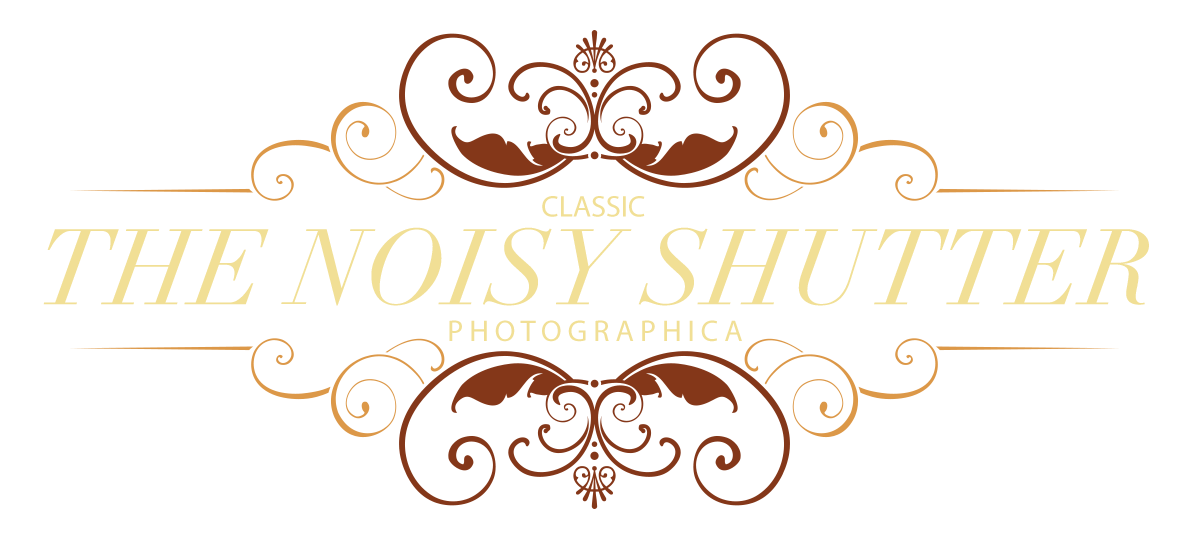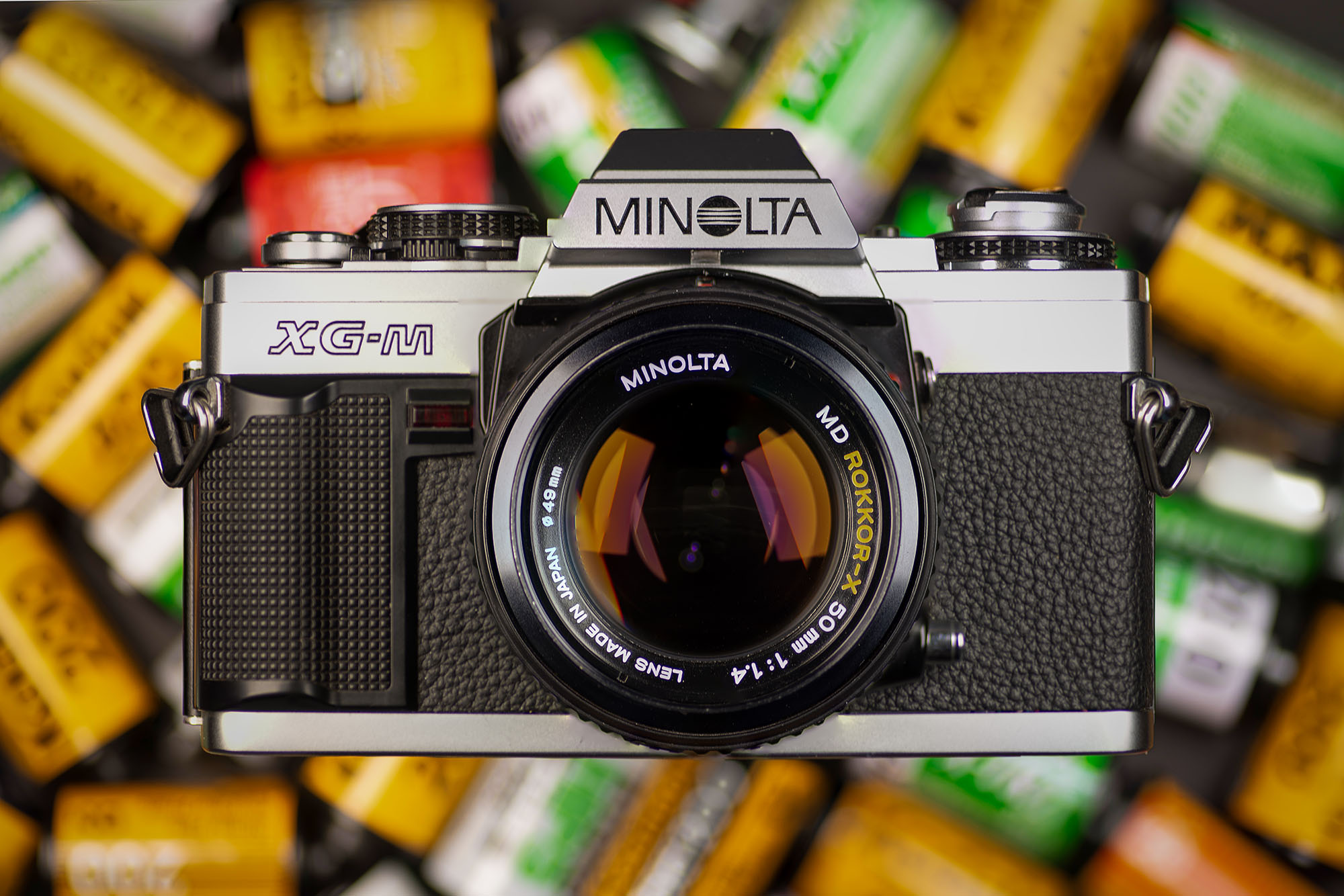Upon picking this camera up for the first time, it felt remarkably familiar. It took a second to realize why. I had used Minolta X-700s for a decade or more, and I could operate one in the dark. The Minolta XG-M (X-70 in other markets) is close kin to the X-700, with basically the same shape and layout of controls. It was like reconnecting with an old friend.

Any discussion of Minoltas from this era warrants a mention of potential capacitor failure. It is a valid concern when shopping for a Minolta. Certain models had certain types of capacitors that had a tendency to leak and fail over time. It is not impossible to replace them, but the cost effectiveness of doing so is low.
When a working X-series camera comes along, I am almost surprised. I have a whole bin full of uncooperative XG-1s and XG-7s. To be fair, I don’t believe the engineers and designers behind these cameras thought that we would be having this discussion in 2025. These are not Leicas or Rolleis built to last for generations.
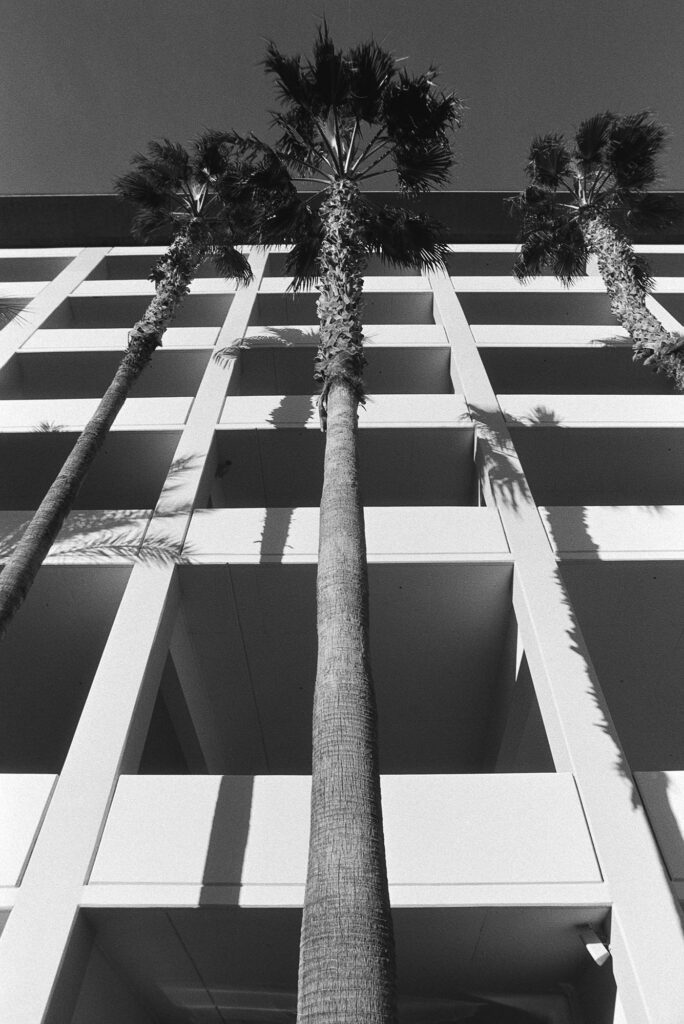
I bought this one for the lens that was on it, with little hope for the body. However, after putting new batteries and light seals in it, this little camera has turned out to be fantastic. I figure that if the capacitors haven’t failed by now, they are probably going to be good for a while. The XG-M is a very elegant, capable and full-featured body, and I enjoy using it.
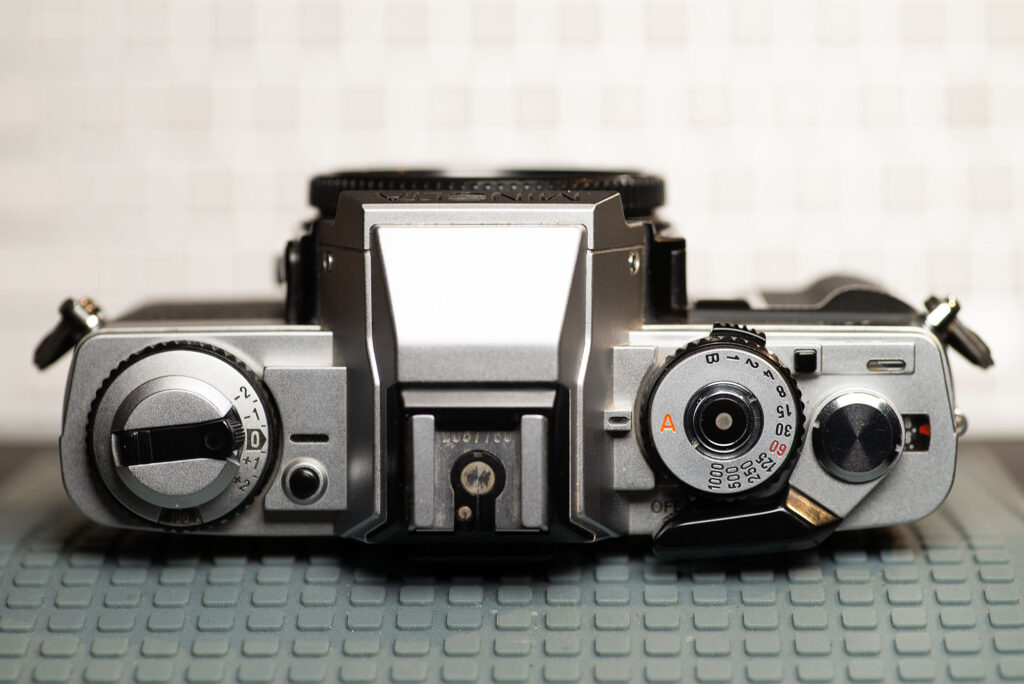
On the left side of the top we have the film rewind mechanism, film speed dial and locking exposure compensation dial. Nothing there requires much explanation. There is a hot shoe on top of the pentaprism, and again, no mysteries there. The right side has the typical shutter speed dial, shutter release button, film counter, film advance lever, film indicator and on/off switch.
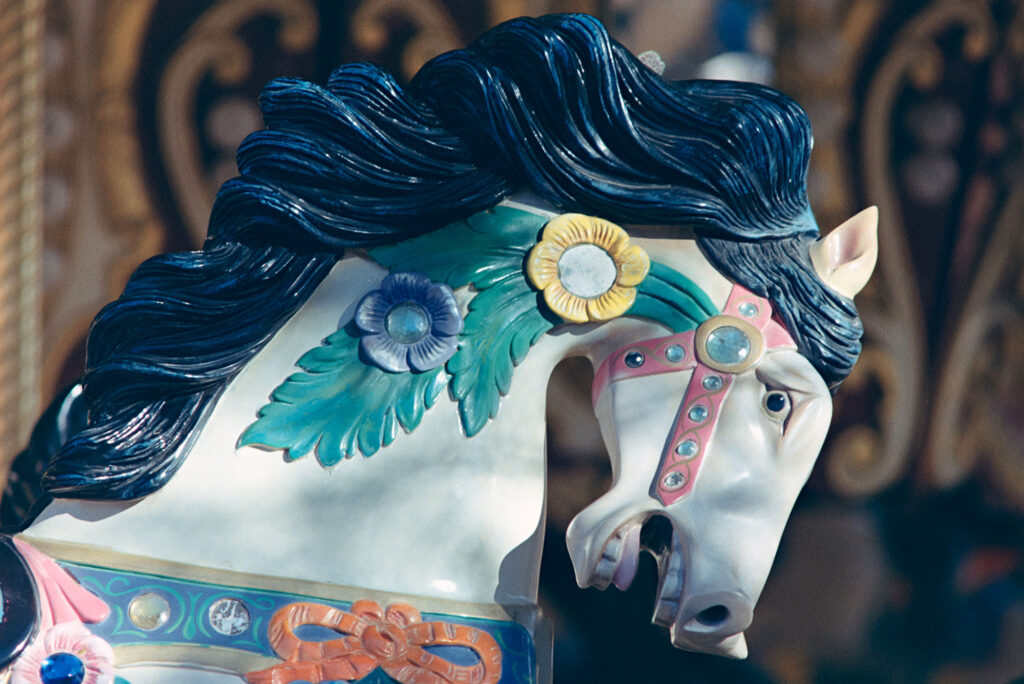
When switched to “ON”, the meter remains dormant until the shutter release button is touched by a finger. This activates the electronic switch and engages the meter. Exposure information is visible in the viewfinder, with the shutter speeds on the right side and the aperture in a window at the bottom. When in “A” or Aperture Priority mode, the chosen shutter speed is indicated by a red LED. When in manual mode, the recommended speed is indicated for the aperture set on the lens.
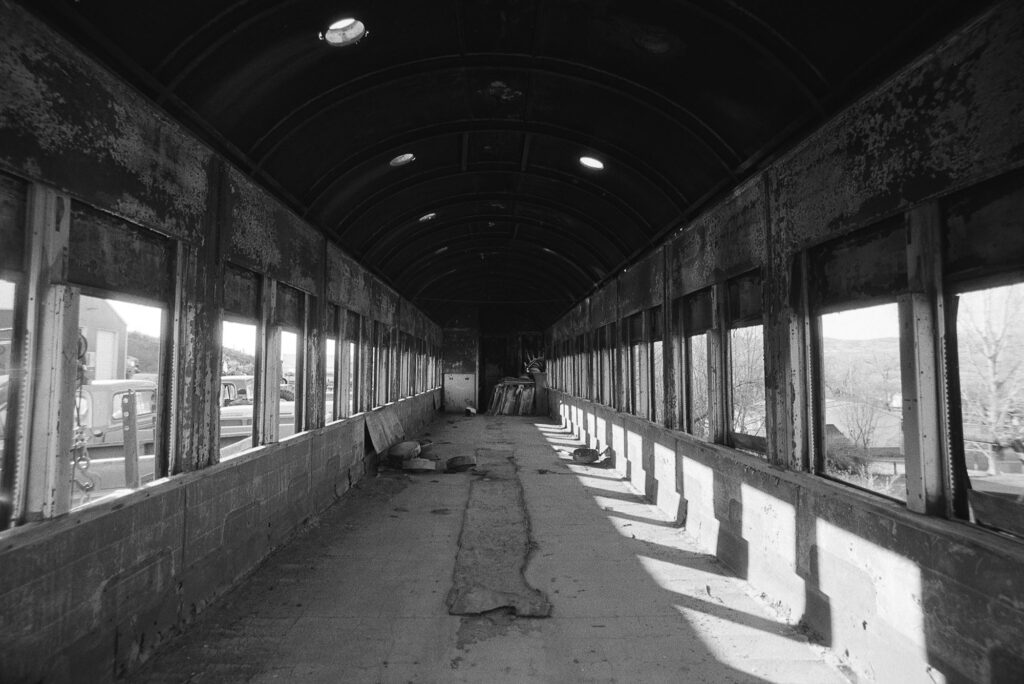
Around the lens mount there are a few features worth mentioning. Facing the camera, on the left side we find the self-timer switch toward the top, and the PC cord socket lower down. On the right we have the lens release button on top and the aperture preview button on the bottom. In the middle we find the cable release socket, since the shutter release button contains the electronic switch for the meter.
On the bottom we have the battery compartment, film rewind/release button and connections for the optional motor drive. All in all, this is a straightforward camera with no features that one would consider particularly noteworthy. When taken as a whole, it is a well thought out, evolved design that feels good in the hand.
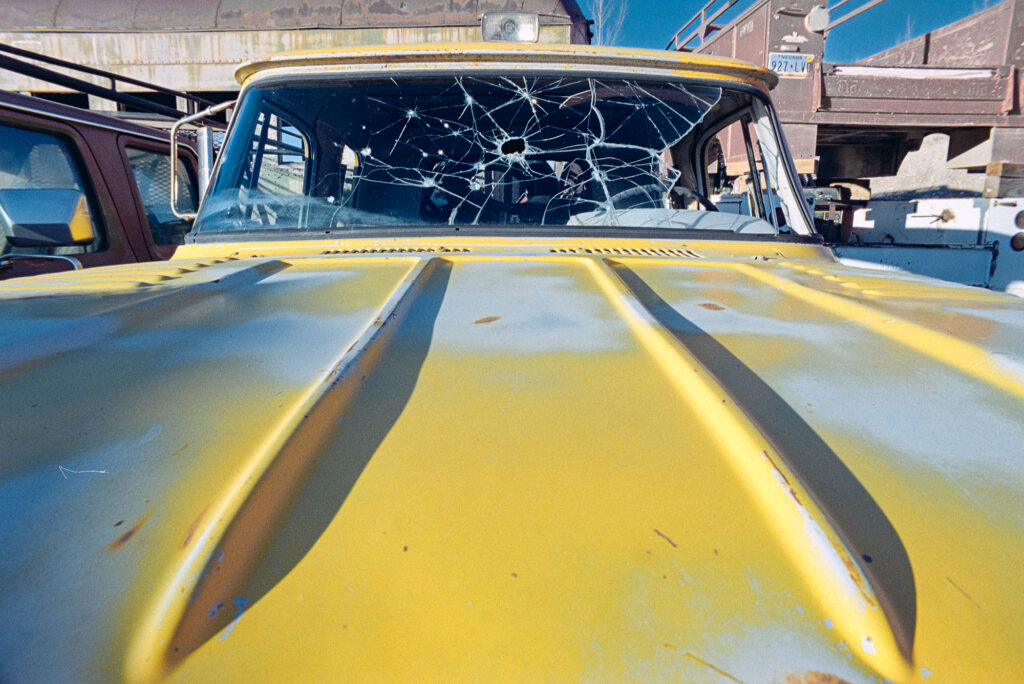
I might also mention that I find it quite handsome. Yes, I agree that form follows function, but I enjoy the aesthetics of the machine as well as its capabilities. The XG-M has chrome buttons against the black body and black accents against the chrome top. I have always like this contrasty look, as it is both attractive (to my eyes, anyway) and functional in that it makes the controls easy to locate.

Specs and looks aside, if it fails to perform it is useless. So far, with several rolls through it, I have yet to have any sort of failure. I have shot it on both aperture-priority and manual modes with perfect metering every time. I already know how my Minolta lenses will perform, so I used this camera mostly to test recent acquisitions like a Spiratone 20mm f2.8 and a Tamron 500mm f8 catadioptric lens.
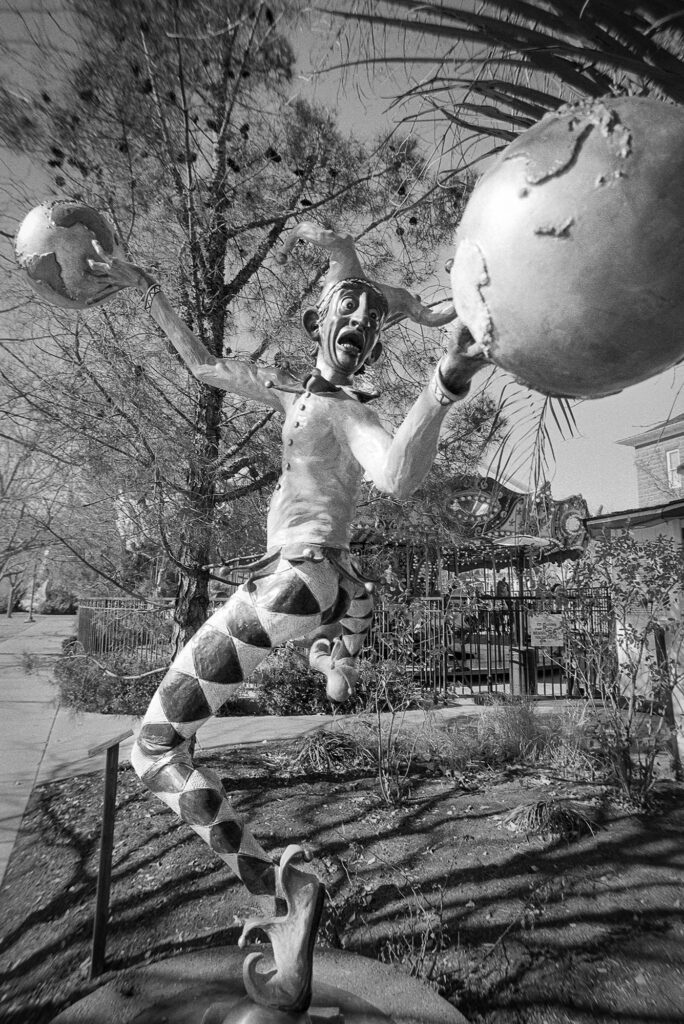
One of my first outings with this camera was Christmas Day in Las Vegas. I was really hoping people would stay home and enjoy their families on Christmas. I think they brought their families to Las Vegas instead…It was crowded! That evening my wife and I wandered through the Bellagio lobby to see their fabulous Christmas decorations then went outside to the fountain show.
I had loaded a roll of Cinestill 800T for the downtown walk at night with the Spiratone 20mm, and it turned out to be the appropriate film for that circus. The XG-M metered the difficult nighttime cityscape lighting perfectly. The beauty of ultra-wide lenses is that longer hand-held exposures can be made without apparent motion blur. Photos at 1/15 second were no problem while walking along the Las Vegas Boulevard.

Next I had the opportunity to wander through a friend’s classic truck collection in Northern Nevada. These old pickups were parked so closely together that a wide-angle with close focusing was the perfect tool for the job. The Minolta had no problems in the Winter temperatures. He also had a 1920’s-era passenger train car that was fun to shoot. I took several cameras with me on that trip and they all got to shoot in the train car.
Wandering downtown St George, Utah a week later presented me with shots of a vintage carousel and pioneer-era architecture in beautiful high-desert winter light. On this walk I had both the 20mm and the 500mm as well as a 200mm f2.8 in the bag. All saw action that day. The XG-M handled all of them wonderfully. Even the 500mm f8 was reasonably easy to focus with the bright focusing screen.

Drawbacks are few (at least for me), but I will list some potential complaints. First is the location of the on/off switch. The labels are somewhat hidden under the film advance lever. The switch itself is forward of the shutter release button. Once you get used to it, no thought is required. It doesn’t bother me at all.
Second, I am not a fan of locking control dials for a singular reason. I don’t want to take my eye away from the viewfinder to manipulate a control dial with both hands. In the case of the XG-M, the shutter speed dial locks at “A” (automatic/aperture priority) and the exposure compensation dial locks at all settings. Both are unlocked with buttons located for quick, one-handed control. That is simply good design. I don’t have to look down at the camera to unlock and change either setting.
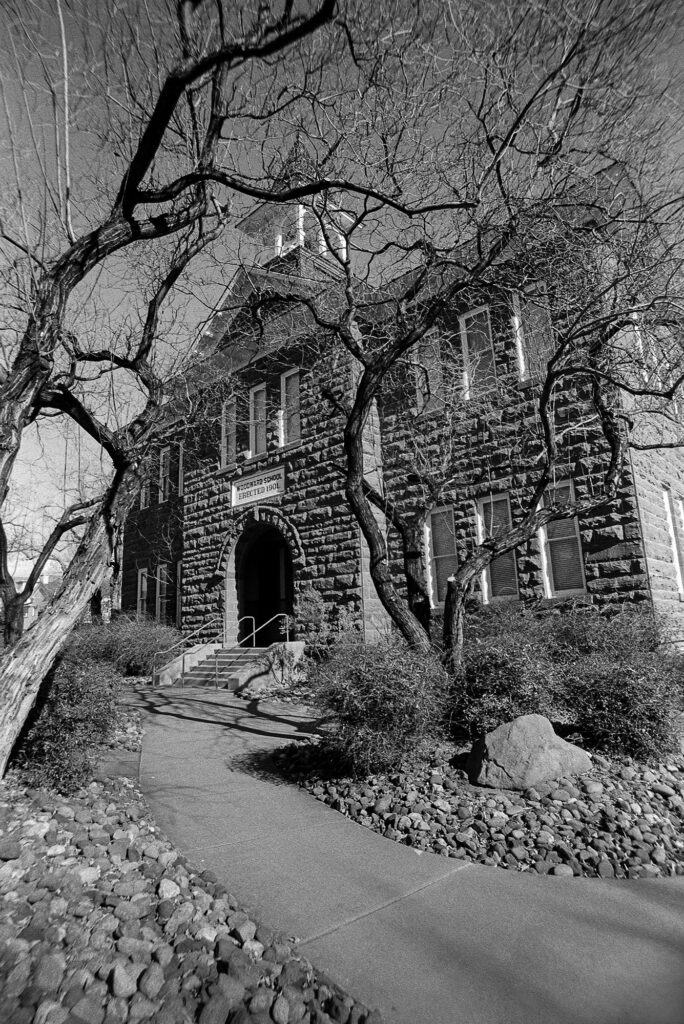
When shooting in manual mode, just the recommended shutter speed is visible in the viewfinder. I would like to see the actual speed displayed as well as the recommended speed. This would allow me to adjust the shutter speed without having to remove the camera from my eye and look down at the dial. If I want to quickly and intentionally under- or over-expose in manual mode, this would be helpful.
My experience thus far has been very positive. The XG-M is a fast-handling, lightweight but capable camera. Its electronic shutter is my only concern, and particularly the capacitors that can fail and lock it up. This is one camera I would probably make the effort to repair should that happen. It is a worthy bearer of Minolta lenses and all who would wear the Minolta mount.

Specs:
Designation: Minolta XG-M 35mm camera (X-70 in Japanese market)
Introduced: 1981
Manufactured: Japan
Lens Mount: Minolta SR (often called MD mount)
Weight: 518g (18.3oz)
Shutter: Horizontal cloth focal plane, electronically controlled
Shutter Speed range: 1-1/1000 second plus bulb in manual, stepless in Auto.
Flash Sync: 1/60 second
ASA range: 25-1600
Hot shoe: Yes
Meter: Center-weighted TTL
Modes: Metered manual, aperture-priority
Battery: 2 x LR44 1.5v batteries (or equivalent)
Self-Timer: Yes
DOF Preview: Yes
Mirror lockup: No
Multiple exposures: No
